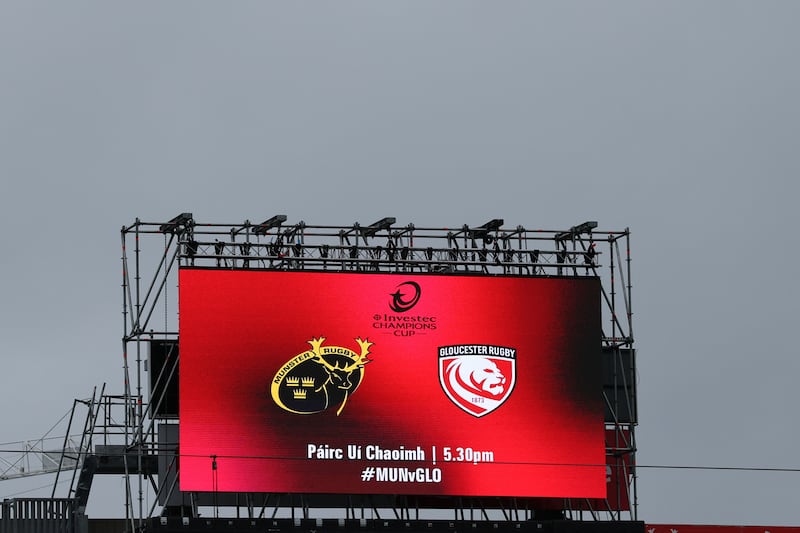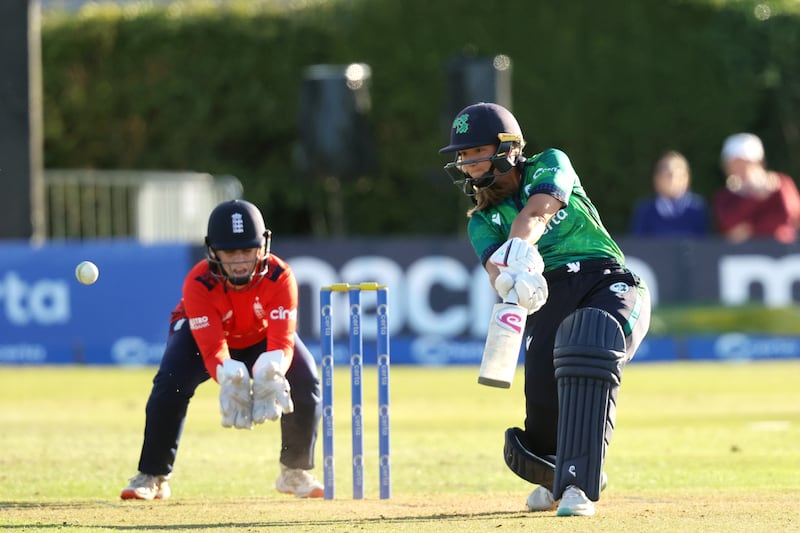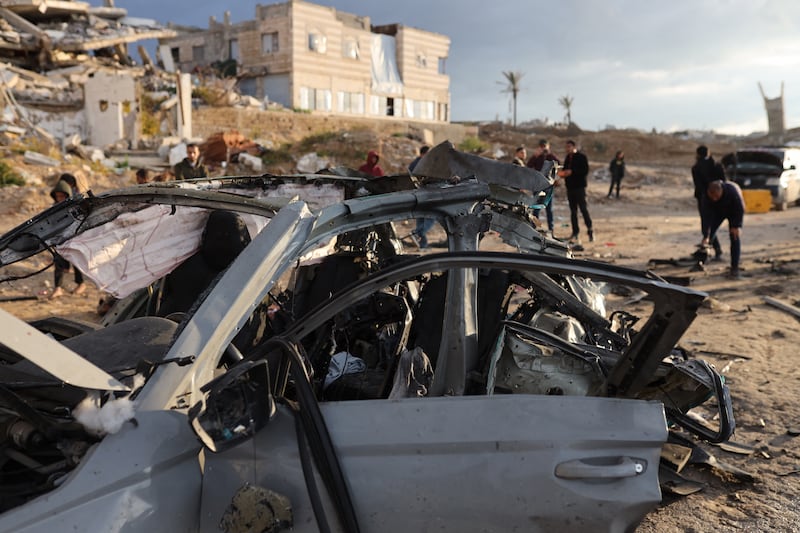What is your new book The Museum of Lost Umbrellas about?
It’s an adventure story for nine to 12-year-olds, set on the imaginary island of Ollipest, where Dilly Kyteler goes to live in a rather odd house with her rather odd aunt. The magic begins when Dilly discovers the Museum of Lost Umbrellas on Half Moon Lane, and one of the lost umbrellas leaps into her arms.
It’s the first of a fantasy series. What challenges does that pose and how far ahead have you planned?
The book involved world-building, which is new for me. I had to think through each choice and invention because everything has to make sense across multiple books, plus allow for expansion. The second book is in the works, and there are three further ideas, two of which are prequels.
READ MORE
It’s a return to middle grade (MG) fiction after a 12-year gap in which you’ve written two young adult (YA) novels. How would you compare the challenges and rewards of writing for the two different age groups?
Both require solid, propulsive storytelling; but I think middle grade is more story-led, while young adult is character-led. I usually write MG in third person and YA in first. The challenge is switching my head from one to the other; the reward is variety!
You are both a writer and illustrator. Does it feel like using different parts of your brain or do the two overlap? When you have an idea, is it usually an image or words?
With picture book ideas, images and words arrive more or less together. When drawing or painting, I listen to podcasts or the radio to dial back interference from the word-side of my head. The radio is off when I’m drafting a novel – I even find reading other voices in my spare time distracting. The overlap between my picture books and novels is that my novels are very visual – readers say they see them unroll like movies.
[ The best books for summer 2025: our critics’ top picksOpens in new window ]
Are there common themes in your books? How has your writing and drawing style evolved?
Overcoming fear is my most repeated theme, feeling like the outsider is another – fairly common experiences in books and life. My tic is giving my main character an unusual name. I keep thinking I’ve stopped doing it and up it pops again! Style-wise, I push at my own edges quite a bit, challenging myself to try new things.
Hagwitch was the Children’s Book of the Year in Ireland in 2014. What was it about?
Hagwitch is a novel with a dual narrative, one story set in the theatres of Tudor London, the other set on a puppet barge in modern day Little Venice. Both involve a chunk of Hawthorn wood inhabited by a malevolent spirit.
Tell us about your debut YA novel, On Midnight Beach, which was shortlisted for the Carnegie Medal.
It’s a retelling of The Táin. I reimagined the legend as a quarrel between two fishing villages over a visiting dolphin and set my story in the sweltering summer of ’76. Think CúChulainn, Maebh, Emer and Fergus in bell-bottoms, T-shirts, and clogs.
What have been your career highlights?
The Children’s Books Ireland (CBI) awards, the Carnegie shortlisting, being Ireland’s nominee for the Hans Christian Andersen and Astrid Lindgren Awards. Stomp-dancing around a fire in the woods with Choctaw and Chickasaw families in Oklahoma while researching The Long March. Working with the legendary New York picture book editor, Neal Porter. Seeing my books in other languages.
Which projects are you working on?
Right now, it’s all things Cloud Witch Chronicles, though there’s a YA novel lurking.
Have you ever made a literary pilgrimage?
Yes, to visit the Alcott house in Concord, Massachusetts. It’s right on the edge of a busy road but the minute you step through the door, you’re inside Little Women.
What is the best writing advice you have heard?
Kill your darlings. With picture books, I’m ruthless, and that has carried over into my novels. Words, sentences, paragraphs, chapters, characters – if they’re in the way, out they go, no regrets. I cut an entire storyline from On Midnight Beach, 15,000 words in fifteen minutes. It’s so satisfying to see everything tighten up.
Who do you admire the most?
Writers? Elizabeth Strout, David Almond, Meg Rosoff, John LeCarré, Kate DiCamillo.
Which current book, film and podcast would you recommend?
The Country of Others by Leïla Slimani; Past Lives. I’m a Brené Brown fan.
Which public event affected you most?
In the past, 9/11. Today, the annihilation of Gaza.
The most remarkable place you have visited?
Australia, with its astonishing wildlife. I saw mudskippers, dingoes, bowerbirds, bandicoots, flying-foxes, thorny-devils, stinging trees, and nearly collided with a cassowary.
Your most treasured possession?
A tiny handmade book on a chain. It’s filled with minute drawings by children’s illustrators I’ve met.
What is the most beautiful book that you own?
I own a lot of picturebooks ... one of Shaun Tan’s maybe, Isabelle Arsenault’s or Sydney Smith’s.
Which writers, living or dead, would you invite to your dream dinner party?
Rosemary Sutcliff, Kate DiCamillo, Anne Frank, Louisa (and May) Alcott, George Eliot, Arthur Ransome, Diana Wynne Jones.
Who is your favourite fictional character?
Jo (and Amy) March.
A book to make me laugh?
The Book With No Pictures by BJ Novak.
A book that might move me to tears?
A Song for Ella Grey by David Almond.
The Museum of Lost Umbrellas is published by Faber & Faber on July 31st.





















